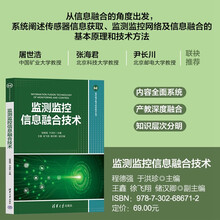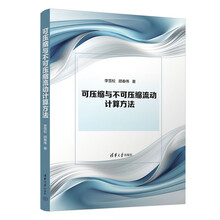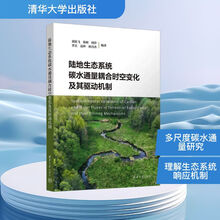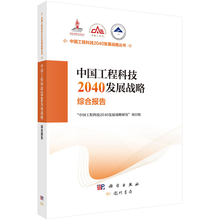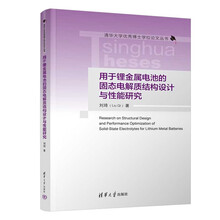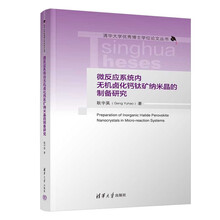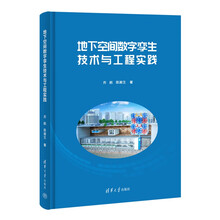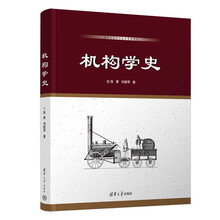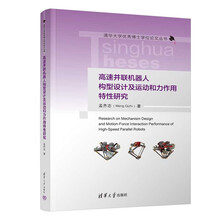目录
第1章绪论
1.1课题背景及研究意义
1.2研究概况
1.2.1国内外研究动态
1.2.2问题与挑战
1.3研究方法简介
1.3.1第一性原理计算方法
1.3.2MD模拟
1.3.3热导率的数值计算
1.4本书的主要内容
第2章缺陷的散射机制与有效介质理论
2.1本章引论
2.2多晶石墨烯的原子结构及热导率的计算方法
2.2.1多晶石墨烯的原子结构
2.2.2热导率的计算方法
2.3多晶石墨烯热导率的计算结果
2.4多晶石墨烯的热流散射机制
2.5有效介质理论及其在多晶石墨烯中的应用
2.5.1宏观晶粒尺寸的多晶石墨烯的热导率
2.5.2多晶石墨烯热输运的温度依赖性
2.6有效介质理论在GO中的应用
2.7本章小结
第3章无序度与振动模态局域化
3.1本章引论
3.2二维双层二氧化硅的结构与计算方法
3.2.1二维双层二氧化硅的原子结构
3.2.2热导率的计算方法
3.3晶体和非晶的二维双层二氧化硅的热输运
3.4振动模态的局域化及相关的理论研究
3.4.1AllenFeldman理论
3.4.2低维材料中振动模态的局域化
3.4.3低维材料中热流的局域化
3.4.4局部无序材料的热输运模型的讨论
3.5本章小结
第4章弱耦合界面与扩散式输运模型
4.1本章引论
4.2石墨烯/铜基底界面与扩散式热输运过程
4.2.1石墨烯/铜基底界面的构建与结构优化
4.2.2石墨烯在基底上的形貌及水分子插层的影响
4.2.3水分子插层有效减弱界面的电学耦合
4.2.4扩散式热输运机制与水分子插层的影响
4.3石墨烯/细胞膜界面与扩散式热输运模型
4.3.1石墨烯/生物界面的原子结构
4.3.2石墨烯/细胞膜界面的水分子层结构
4.3.3石墨烯/细胞膜界面的热耗散过程
4.3.4扩散式热输运机制与生物纳米界面的热耗散模型
4.4关于水分子插层及扩散式输运机制的讨论
4.5本章小结
第5章强耦合分子界面的热输运研究
5.1本章引论
5.2苯环分子结界面的热输运机制与热稳定性
5.2.1苯环分子结的原子模型与界面热阻计算方法
5.2.2单分子结的热输运过程
5.2.3分子结的热耗散与热稳定性
5.2.4苯环分子结界面的热输运机制
5.3SAM/金刚石分子结界面的热输运机制
5.3.1SAM/金刚石分子结模型与界面热导的计算方法
5.3.2SAM分子结界面的热输运机制
5.3.3影响SAM分子结界面热输运性质的其他因素
5.3.4SAM作为热界面材料的应用前景
5.4强耦合分子界面的热输运机制讨论
5.5本章小结
第6章总结与展望
参考文献附录A与本书有关的物理常数及换算因子附录B振动态密度求解程序附录C振动谱能量密度求解程序附录D热导率求解程序附录E作者发表的相关文章致谢
Contents低维材料及其界面的热输运机制与模型研究
Contents
Chapter 1Introductions
1.1Background and Significance of the Research
1.2Research Situation
1.2.1Reseach Trends at Home and Abroad
1.2.2Problems and Challenges
1.3Brief Introduction of Research Methods
1.3.1FirstPrinciples Methods
1.3.2Molecular Dynamics Simulation
1.3.3Numerical Calculations of Thermal Conductivity
1.4The Main Contents of This Book
Chapter 2The Scattering Mechanism of Defects and the Theory of
Effective Medium
2.1The Introduction of This Chapter
2.2The Atomic Structure of Polycrystalline Graphene and the
Method of Calculating Thermal Conductivity
2.2.1The Atomic Structure of Polycrystalline Graphene
2.2.2The Method of Calculating Thermal Conductivity
2.3The Simulated Results of Polycrystalline Graphene Thermal
Conductivity
2.4Heat Flow Scattering Mechanism of Polycrystalline Graphene
2.5Effective Medium Theory and Its Application in Polycrystalline
Graphene
2.5.1The Thermal Conductivity of Polycrystalline
Graphene with Macroscopic Grain Size
2.5.2Temperature Dependence of Heat Transport of
Polycrystalline Graphene
2.6Applications of Effective Medium Theory in Graphene Oxide
2.7Chapter Summary
Chapter 3Disorder Degree and Vibration Mode Localization
3.1The Introduction of This Chapter
3.2Structure and Calculation Method of TwoDimensional
Bilayer Silica
3.2.1Atomic Structure of TwoDimensional Bilayer Silica
3.2.2The Calculation Method of Thermal Conductivity
3.3Thermal Transports of Crystalline and Amorphous
TwoDimensional Bilayer Silica
3.4Theoretical Study of Localization and Correlation of
Vibration Modes
3.4.1AllenFeldman Theory
3.4.2Localization of Vibration Modes in Low Dimensional
Materials
3.4.3Localization of Heat Flow in Low Dimensional
Materials
3.4.4Discussion on the Thermal Transport Model of
Local Disordered Materials
3.5Chapter Summary
Chapter 4Weak Coupling Interfaces and Diffusional Models o
展开

